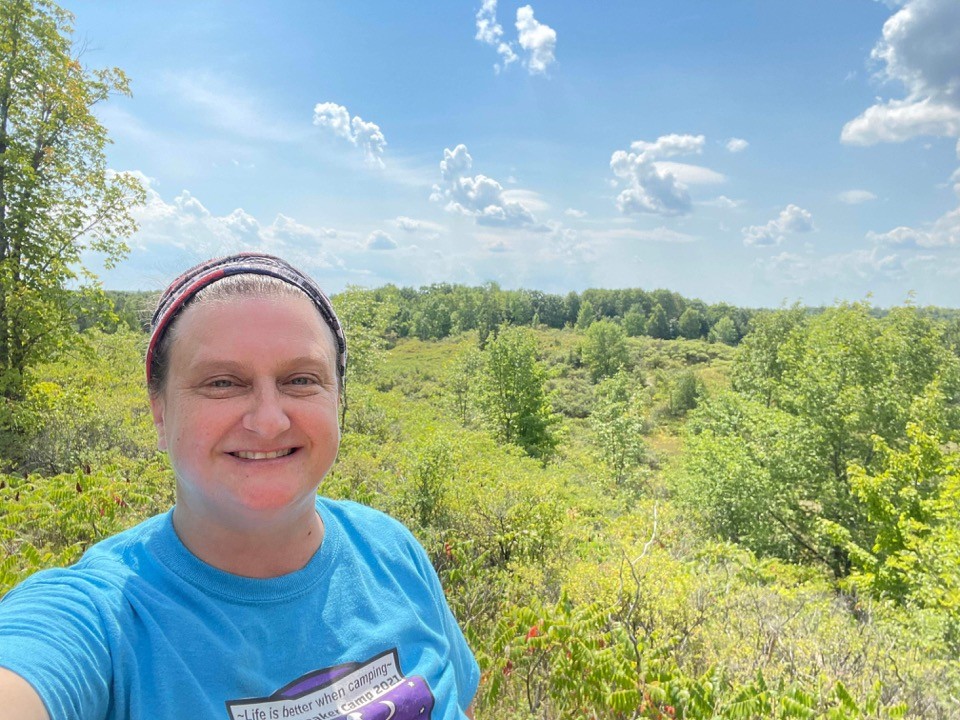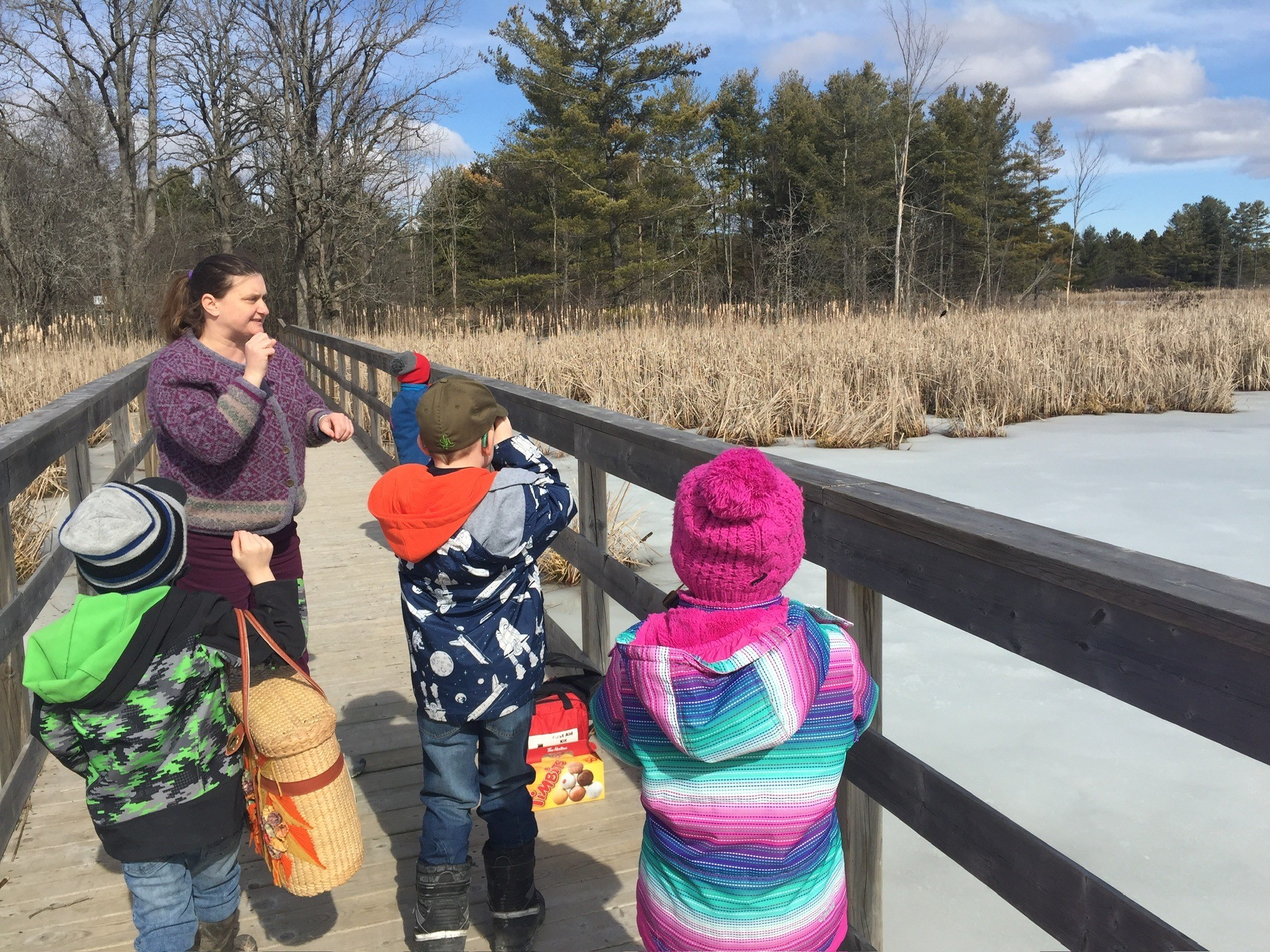In memory and honour of Laurie Gashinski, a passionate educator, this fund has been established to allow outdoor education to be more available to children and schools.
Outdoor Education is so important for growing little minds to provide a wide range of physical, cognitive, emotional, and social benefits, while also helping them develop a connection to the world around them.
Laurie Gashinski had a passion for children, or her little Turkeys as she would call them, and an outstanding passion and knowledge for the outdoors.
Laurie taught at Sir James Whitney, the school for the deaf, and was implementing an outdoor education program for Kindergarten to grade 12 at the school. It was so important to her to expose her students to the wonders and experiences of outside, and bring awareness to its beauties and its importance to our ecosystems.
Sadly, Laurie passed away in the summer of 2024, after her very long and courageous battle with cancer. In her memory, this fund has been established to allow outdoor education to be more available to children and schools.
The Laurie Gashiniski Outdoor Education Fund was established by loved ones of this passionate educator.
Submit your Laurie Gashinski Outdoor Education Fund Application.
Note: Preference will be given to classes who require a fee "top-up" to ensure all students can attend, rather than a request for the entire program fee.




